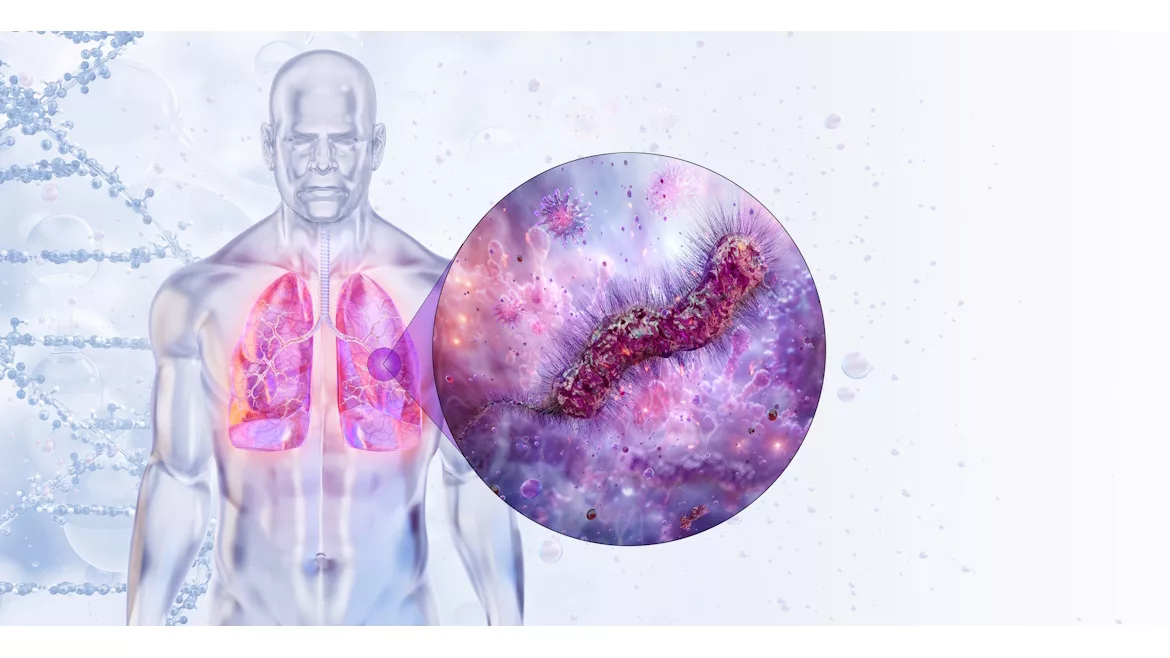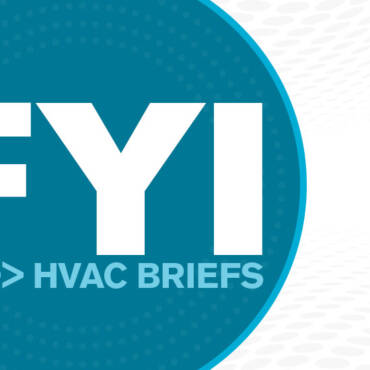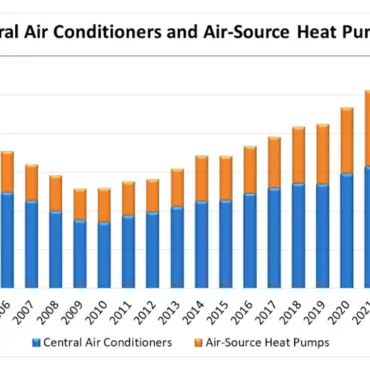Legionnaires’ disease is a type of pneumonia caused by inhaling water droplets contaminated with Legionella bacteria — and it’s currently making headlines across several states.
The bacteria thrive in stagnant or poorly maintained water systems, and they can spread through HVAC systems, showers, fountains, spas, pools, and more. While the disease is non-contagious and can sometimes be contracted at home, it most often occurs in large buildings, where complex HVAC and plumbing systems provide ideal conditions for bacterial growth. Heavy rains and flooding, such as those experienced in parts of the Midwest and Northeast this summer, can further elevate risk by disrupting water systems and mobilizing biofilms that harbor Legionella.
Though the disease is nothing new, these outbreaks reflect a troubling national trend. According to Centers for Disease Control and Prevention data, cases of Legionnaire’s disease have been on the rise over the past 20 years.
As cases rise, HVACR contractors and building managers play a critical role in preventing outbreaks — through proper maintenance, water management, and adherence to established standards.
Outbreaks
In New York, the outbreak in Central Harlem was linked to 12 cooling towers. Several of these buildings are city-owned and operated, like Harlem Hospital.
“I want to reassure everyone the air is safe to breathe and there is no risk to our drinking water or our water supply,” New York City Mayor Eric Adams said in a recent press conference, where he even took a sip of water to underscore the point. “I’m just telling my Harlemites this situation is under control.”
As it stands, there have been 99 confirmed cases in Central Harlem, with 15 currently hospitalized, and four deaths.
Ohio is also grappling with rising case numbers. As of late July, 311 cases of Legionnaires’ disease have been reported this year, with 285 resulting in hospitalization. And just days ago, officials confirmed Legionella at a senior living facility in Dearborn, Michigan.
The Role of an HVACR Contractor
Chris Petri, operations manager at Petri Plumbing, Heating, Cooling & Drain Cleaning in Brooklyn, New York, said the most common sources of Legionella bacteria in commercial and residential HVAC systems are cooling towers, evaporative condensers/humidifiers, hot water systems, and storage tanks that are kept at lukewarm temperatures.
“Some warning signs include visible biofilm or sludge in cooling towers/tanks/piping, musty odors from HVAC systems/stagnant water, and standing water or water leaks in mechanical rooms,” Petri said.
Early warning signs of Legionella risk include visible biofilm or sludge in tanks and piping, musty odors from HVAC systems, and evidence of stagnant or leaking water in mechanical rooms. Temperature also plays a critical role.
“Legionella thrives at low water temperatures, so keeping hot water above 120°F and cold water below 68°F helps prevent growth — while point-of-entry or point-of-use filters can remove bacteria from water as well,” said Petri.
Maintenance and prevention are also critical in the fight against Legionnaires’ disease.
“Regular cleaning and disinfection of cooling towers, evaporative condensers/humidifiers — also regular water temperature testing — can assist in minimizing Legionnaires’ disease,” Petri said. “Some new technology includes smart water monitoring systems and ultraviolet disinfection units that help in the protection of HVAC and water systems.”
Industry Standards And Resources
To help the building community address these risks, ASHRAE offers two key resources:
“Healthy buildings depend on comprehensive water management strategies,” said 2025-26 ASHRAE President Bill McQuade, P.E., CDP, Fellow ASHRAE, LEED AP. “As concerns about indoor environmental quality and public health continue to grow, it’s vital that building owners and operators have access to proven, science-based resources like ASHRAE Standard 188 and Guideline 12. These tools are designed to support safer environments through practical and preventive measures related to water quality and legionella risk mitigation.”
Whether you require installation, repair, or maintenance, our technicians will assist you with top-quality service at any time of the day or night. Take comfort in knowing your indoor air quality is the best it can be with MOE heating & cooling services Ontario's solution for heating, air conditioning, and ventilation that’s cooler than the rest.
Contact us to schedule a visit. Our qualified team of technicians, are always ready to help you and guide you for heating and cooling issues. Weather you want to replace an old furnace or install a brand new air conditioner, we are here to help you. Our main office is at Kitchener but we can service most of Ontario's cities
Source link



